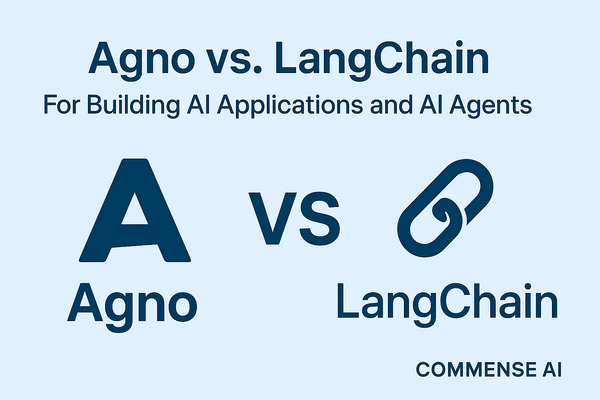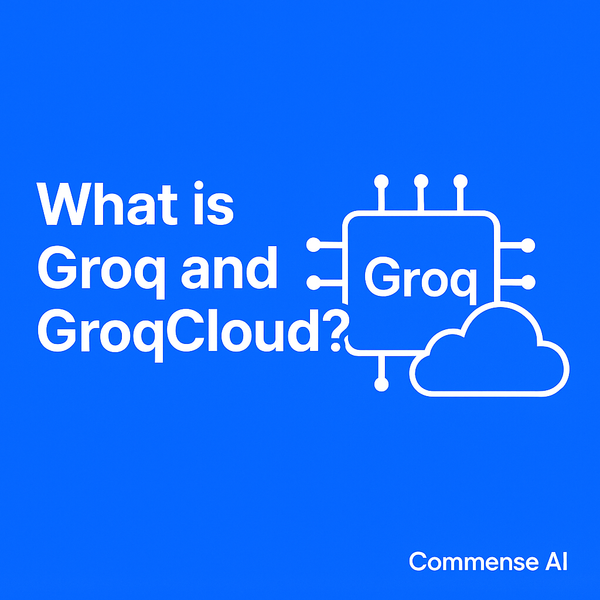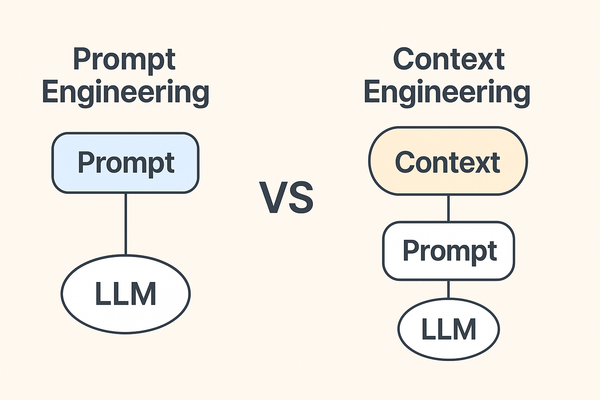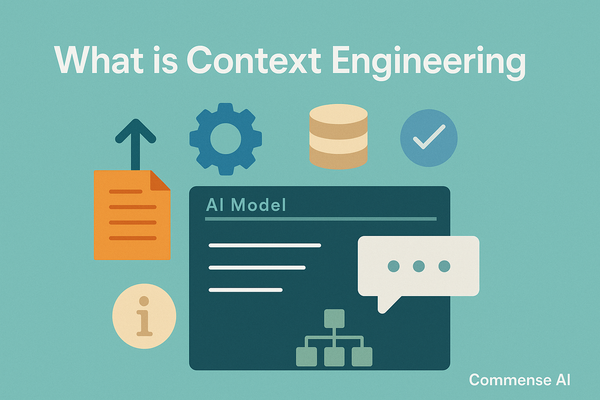What is Open WebUI ?
Open WebUI is an open-source web-based user interface built to interact with Large Language Models (LLMs) like LLaMA, Mistral, Gemma, GPT and others.
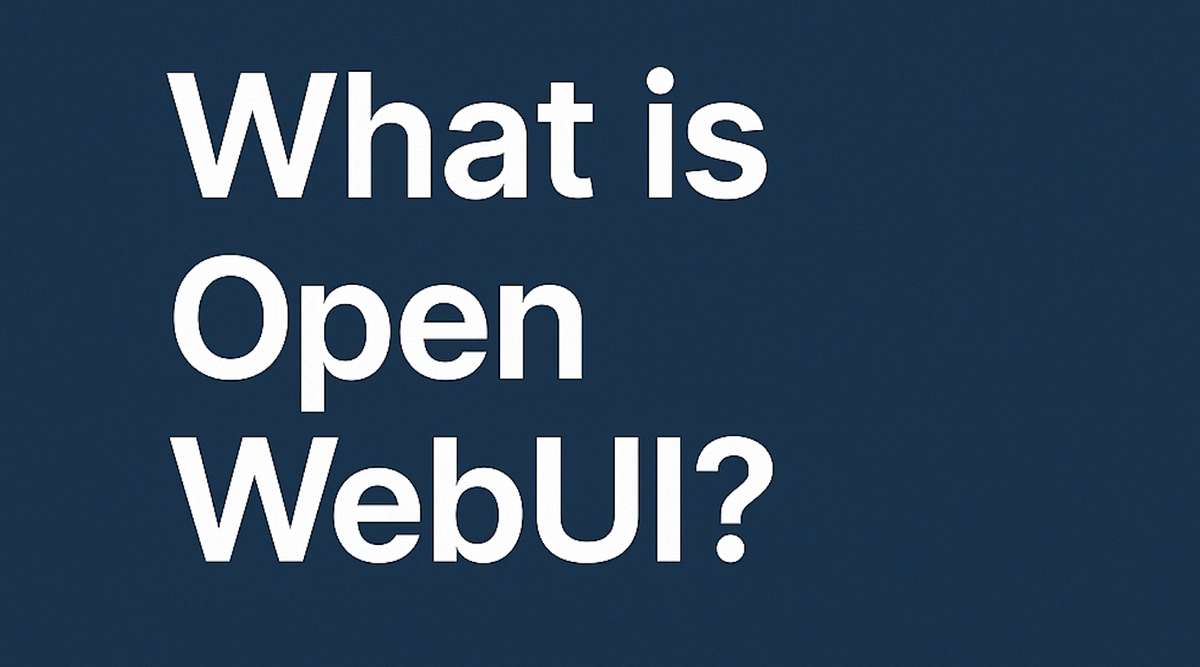
Open WebUI is an open-source web-based user interface built to interact with Large Language Models (LLMs) like LLaMA, Mistral, Gemma, GPT and others. It acts as a front-end layer for inference engines such as Ollama, LM Studio, or LMDeploy, making it easier for users to interact with local or remote LLMs without needing to deal directly with APIs or command-line interfaces.
Introduction
Open WebUI provides a sleek, user-friendly interface similar to ChatGPT, enabling chat-based interactions with any supported LLM running locally or on a server. It supports:
- Multi-user support
- Chat history
- Prompt management
- System prompt customization
- Fine-tuned model switching
- Memory and context management
- Whisper for voice-to-text
- Token usage and context visualizations
It’s essentially a local ChatGPT-style experience for interacting with your own LLMs.
Key Benefits of Open WebUI
| Feature | Benefit |
|---|---|
| 🖥️ Web-based Chat Interface | Easy-to-use UI for non-technical users |
| 🧩 Supports Multiple LLM Engines | Plug-and-play with Ollama, LM Studio, etc. |
| 🔐 Local First & Privacy-Respecting | Data stays on your machine, ideal for private setups |
| 👥 Multi-User Support | Useful for teams or shared installations |
| 📂 Prompt & Chat Management | Organize and reuse custom prompts |
| 🎙️ Voice Input via Whisper | Talk to your models using your voice |
| 🔄 Model Switching | Quickly switch between different models |
| 🛠️ Open Source & Customizable | Full control over the frontend experience |
| 📊 Token Usage Visualization | Helps understand and optimize context length |
Architecture & Components
Open WebUI connects to model runtimes like:
- Ollama: A lightweight tool to run and manage LLMs locally
- LM Studio: GUI-based LLM management platform
- LMDeploy: Backend deployment of LLMs
- Any REST API-compatible model server
It acts as a frontend layer, allowing users to select models, chat with them, and view interactions — all via the browser.
History and Development
- Original Name: Originally named Ollama WebUI, it was designed as a web frontend for Ollama.
- Rebranded: Later renamed to Open WebUI to reflect broader compatibility with other backends beyond Ollama.
- Open-Source Launch: Publicly released on GitHub in early 2024.
- Developed By: The main project is maintained by OpenWebUI Team — a small open-source group.
- GitHub URL: https://github.com/open-webui/open-webui
Installation (Simple Setup with Ollama)
You can run it locally with:
docker run -d \
-p 3000:3000 \
-e OLLAMA_API_BASE_URL=http://host.docker.internal:11434 \
--name open-webui \
--restart unless-stopped \
ghcr.io/open-webui/open-webui:main
Or use docker-compose, or install it via standalone binaries.
Privacy and Offline Capability
A major advantage of Open WebUI is its local-first design:
- No cloud sync by default
- Can be fully air-gapped
- All chat and prompt data stays on your machine
This makes it ideal for enterprise, developers, and AI researchers who want ChatGPT-style UX without sharing data with OpenAI or third parties.
Comparison with Alternatives
| Feature | Open WebUI | LM Studio | Jan | ChatGPT |
|---|---|---|---|---|
| Open Source | ✅ | ❌ | ✅ | ❌ |
| Local-first | ✅ | ✅ | ✅ | ❌ |
| Multi-model support | ✅ | ✅ | ❌ | ✅ |
| Multi-user | ✅ | ❌ | ❌ | ✅ |
| Custom prompts | ✅ | ✅ | ❌ | ✅ |
| Token display | ✅ | ❌ | ❌ | ❌ |
| Voice support | ✅ | ❌ | ❌ | ✅ |
LLM Compatibility
Open WebUI works well with:
- LLaMA 2/3
- Mistral
- Gemma
- OpenChat
- Phi
- Zephyr
- Qwen
- Yi
- Code LLMs (like Deepseek, CodeLLaMA)
- Anything via Ollama or LM Studio
Ideal Use Cases
- Developers building private LLM-based copilots
- Enterprises running local or fine-tuned models
- AI researchers needing fast experimentation
- AI tinkerers who don’t want cloud dependency
Summary
Open WebUI is a modern, open-source, privacy-first frontend for interacting with local or remote LLMs. It democratizes access to LLMs with a ChatGPT-like experience, customizable features, and strong community support.

